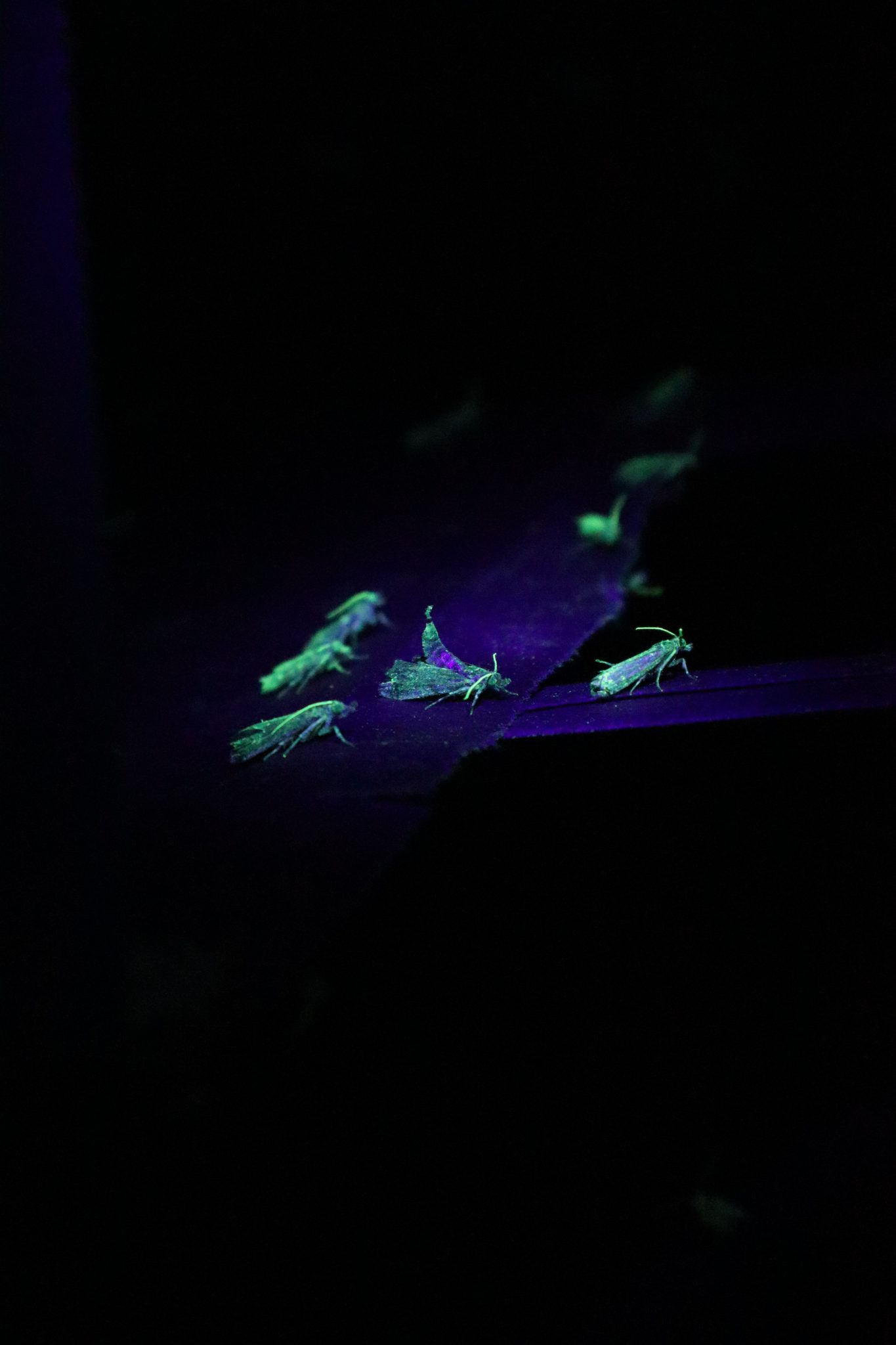
Navel orangeworm is becoming the leading pest in pistachios, and according to estimates released at the American Pistachio Growers Conference in March, costs to control NOW in pistachios could exceed $800 to $1,000 in the near future if it continues on its current trajectory.
NOW not only damage nuts, but also leave an opening for food safety problems through the introduction of aflatoxin in injured nuts. As a result, growers need to employ an integrated management approach while also investing in new technologies to keep pest numbers and costs down in the future.
UCCE IPM Farm Advisor David Haviland told a conference session audience that there are four basic steps to an integrated management approach to NOW. The first step is winter sanitation to take out overwintering NOW in nuts on trees or the ground. Mating disruption is a second step to prevent moths from reproducing. Insecticides to take out the potentially devasting third generation is the fourth step, followed up with a timely harvest that includes completing a first shake on Kerman for instance before the fourth flight emerges.
Haviland said mating disruption works best in combination with conventional programs to control those mated adults. Mating disruption can reduce populations by half and becomes economical for almond growers who have damage levels in excess of 2%. He said that with premiums peaking out at about 25 cents for pistachios, that break-even point could be even lower for pistachios.
Research in almond shows that every mummy removed from an orchard has an exponential impact on damage levels at harvest, and that research applies to pistachios as well. That’s why Haviland said it is important to shake and destroy those mummies before they overwinter.
“The adage you have to spend money to make money really applies to NOW,” Haviland said. “If you lose 2% of your crop, plus 15 cents in premium, you are losing hundreds of dollars in losses.”
Early harvest is also a proven method in pistachios, with research showing that every 10-day delay in harvest can double the amount of damage at harvest.
“Anything you can do to get those nuts off the tree as quickly as possible helps,” Haviland said.
While growers need to make personal investments, the industry needs to invest as well. Already the California pistachio industry has leveraged federal research dollars to investigate and develop sterile insect release technology for areawide management of NOW in nut crops. While $20 million has already been invested to prove the viability of new SIT technology, another $20 million at least will be needed before the technology is ready for release to the industry.

Marni Katz
Marni Katz has lived and raised her family in the San Joaquin Valley for nearly 30 years. In that time, she has covered agriculture for a number of leading ag publications and organizations and gained a reputation for understanding and digesting complex information and presenting it to growers. She enjoys learning about new ways growers can farm more profitably and efficiently, and working with researchers and stakeholders to bring that information to the growing community. In her free time, Marni plays saxophone with jazz groups throughout the Valley and is an avid tennis nut.















